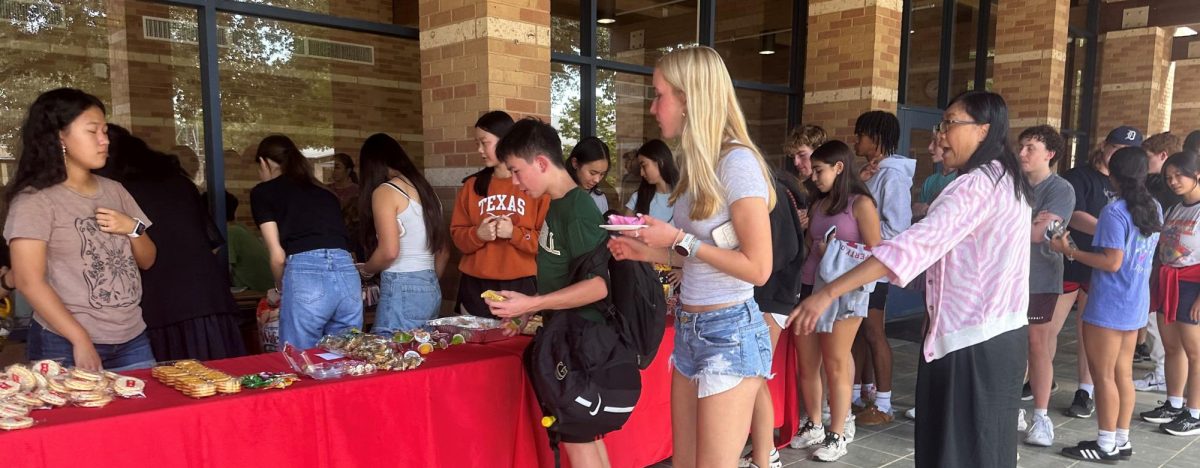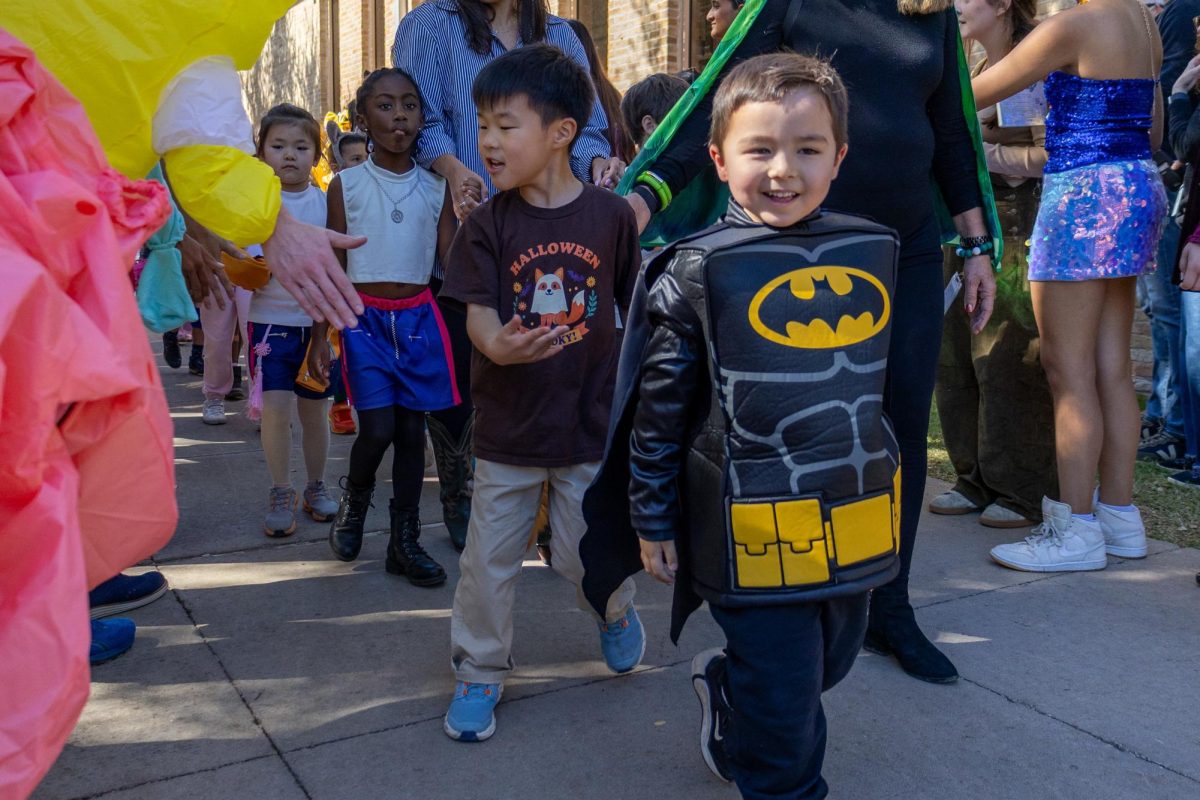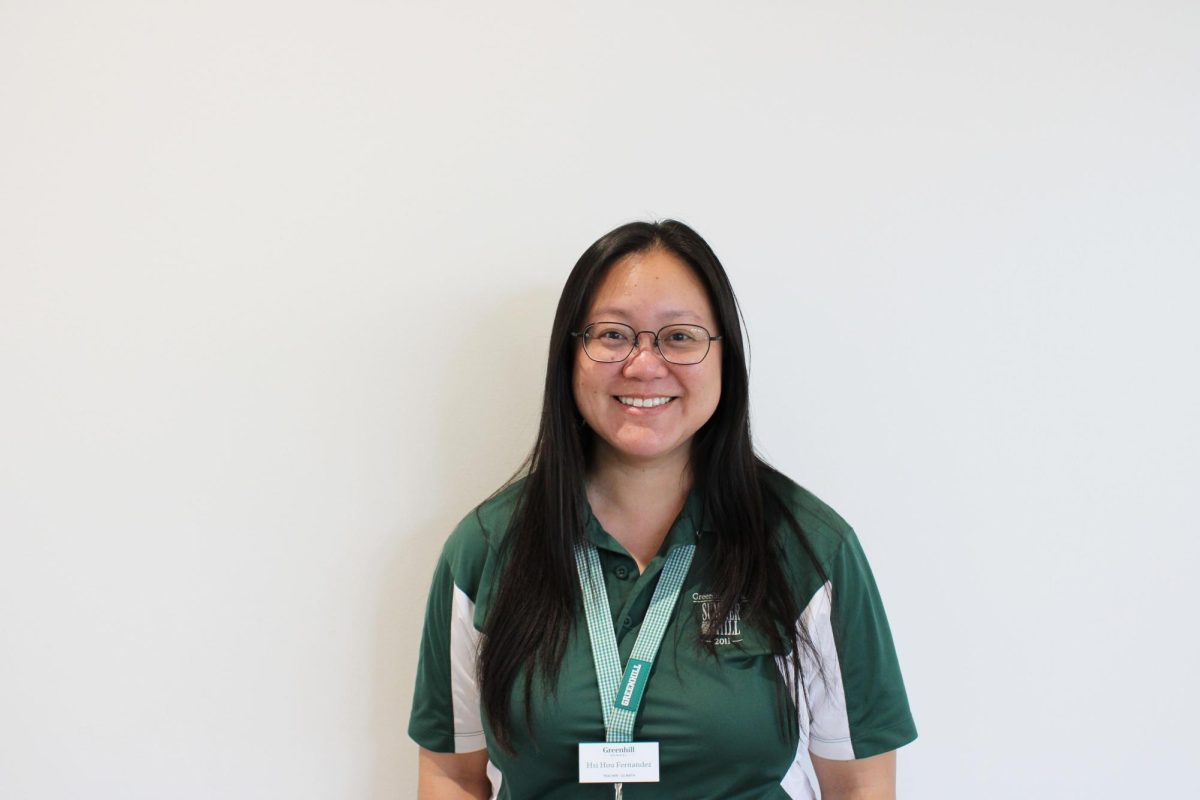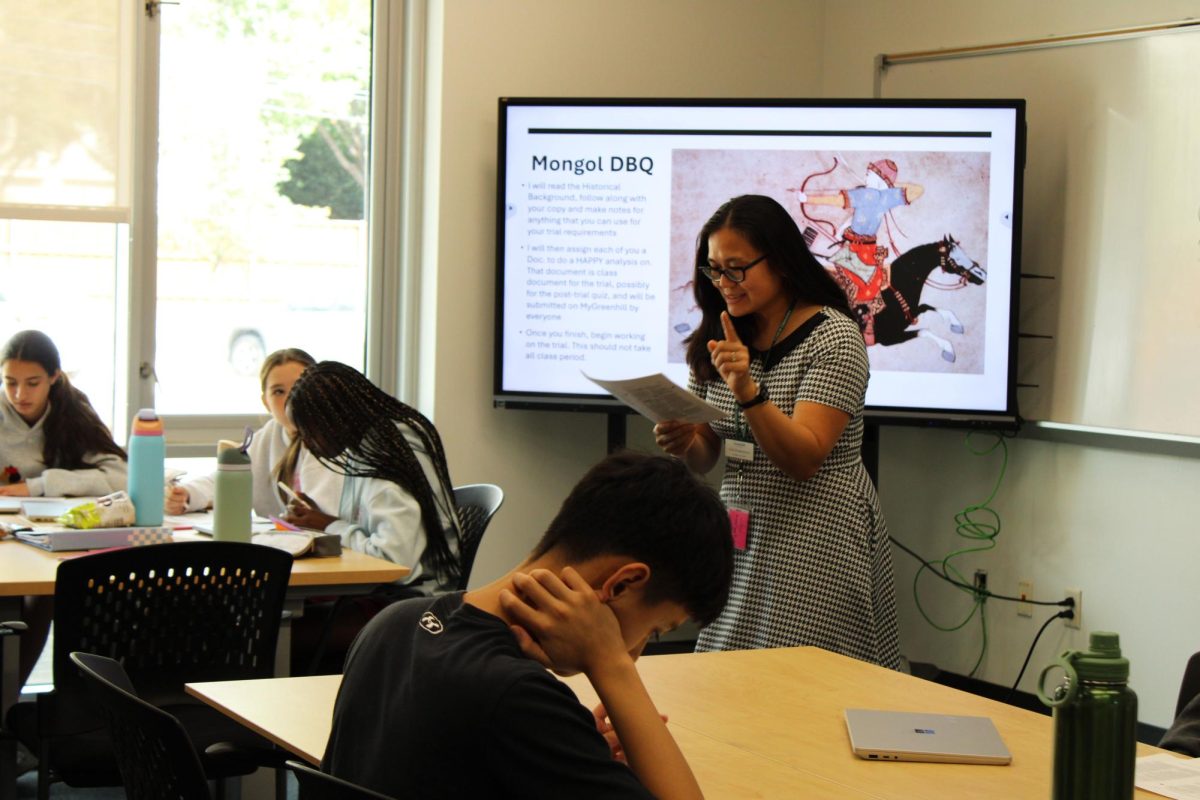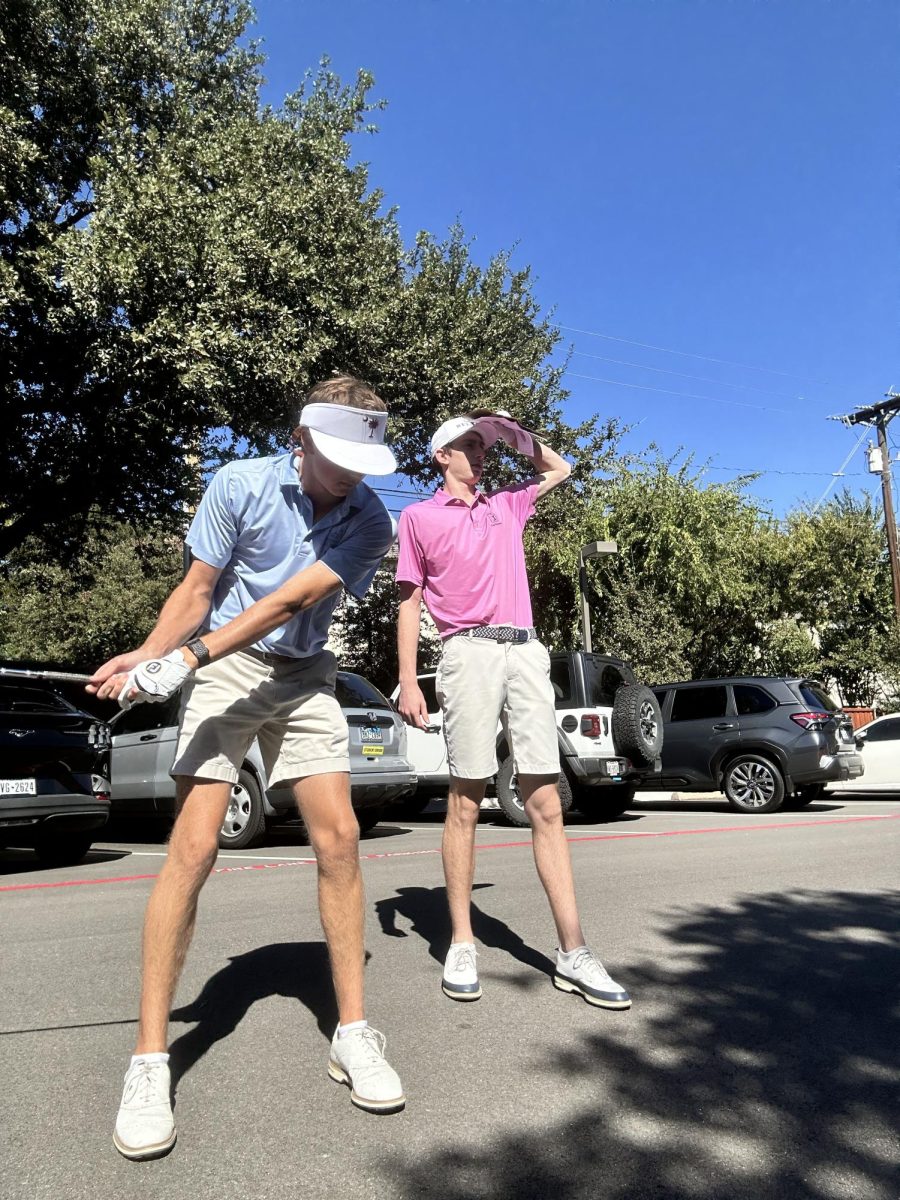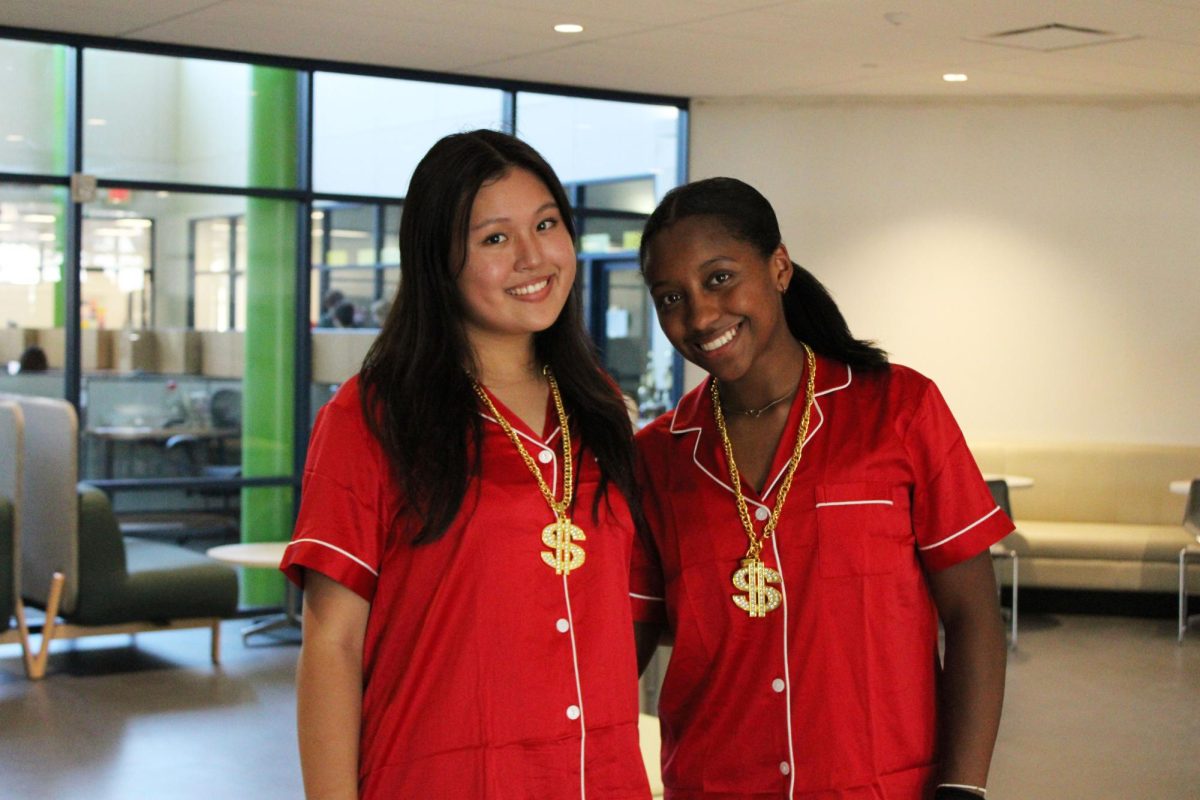The East Asian Affinity Group (EAAG) and Southeast Asian Affinity Group (SEAAG) celebrated their annual Mid-Autumn Festival events by hosting a snack table on Sept. 20 and presenting information and playing trivia at an Upper School assembly on Sept. 23.
The Mid-Autumn Festival is a major holiday celebrated by many countries in Asia. During this holiday, families gather to spend time with one another while they admire the moon and enjoy various foods including mooncakes.
Each year, the festival falls on the 15th day of the eighth month of the Chinese lunisolar calendar, corresponding to Sept. 17 on the Gregorian calendar this year.
The affinity groups kicked off their celebration by arranging a display of Mid-Autumn festival snacks for students to eat during hornet block. Leaders of these affinity groups say their goal was to spread awareness about the holiday.
“We wanted to make Upper School students more aware of this day because it is an important celebration in East Asian and Southeast Asian cultures,” junior Rachel Jiang said. “And what better way to do this than through food?”
The leaders of the EAAG made sure they incorporated the whole East Asian community with this event by asking families to supply food for their booth and having members of the affinity group help run it.
“The officers are very intentional in trying to ask members of the affinity group to be involved,” Director of Service Learning and Community Engagement Jessica Chu said. “For example, the leadership asked the parent community to help bring in snacks. Even at the snack table, it was not only officers passing out snacks, it was also members that were willing to step up and help out.”
The snack table had a high turnout, with many students stopping by to pick up various foods.
“It was a little crazy at the beginning, but we got lots of people to come by,” Chu said. “People wanted seconds or thirds, and we had lots of snacks to give them.”
There were many different parts of Asia represented through the food at the event.
“We had foods that were Chinese, Japanese, Korean and more, and we tried our best to inform people of what they were eating as best as we could,” junior Natalie Johnson said.
Additionally, the diversity of food backgrounds showcases the differences in the ways the cultures celebrate the holiday.
“In a lot of East Asian, for example, Chinese or Taiwanese cultures, they like to celebrate with moon cakes to honor the idea of the Harvest Moon,” Chu Said. “Korean culture likes to use rice cakes. We try to do a variety of snacks to show how different countries celebrate the festival.”
EAAG and SEAAG collaborated in hosting this event so that not only East Asian cultures were represented, but also Southeast cultures.
“SEAAG will also be helping with the presentation,” Chu said. “So, there will be representation from the two affinity groups.”
Problems in the planning process occurred due to the revised schedule at the beginning of the school year, which limited the number of opportunities to host an event of this size.
This resulted in the EAAG and SEAAG having to host the snack table three days after the Mid-Autumn Festival and present at the assembly six days after the holiday.
“With the new schedule for the beginning of the year, it was hard to find a time to do the snack table,” Johnson said. “Then, with the presentation, it was hard because a lot of people wanted to present during that assembly.”
There was also a concern about what time of day to organize the snack table, as students are often busy during hornet block.
“I was slightly worried that students might forget or have other commitments, like how some people had hill guide training, but I think the turnout rate was pretty great,” Jiang said.
Overall, the EAAG and SEAAG celebrated the Mid-Autumn Festival by hosting two different events on campus, to work on educating students on the importance of the holiday.
“The snack table happens every year on the day of the Mid-Autumn Festival, and we have been continuing the tradition to spread awareness about the holiday and its importance to East Asian and South Asian cultures,” Jiang said.

